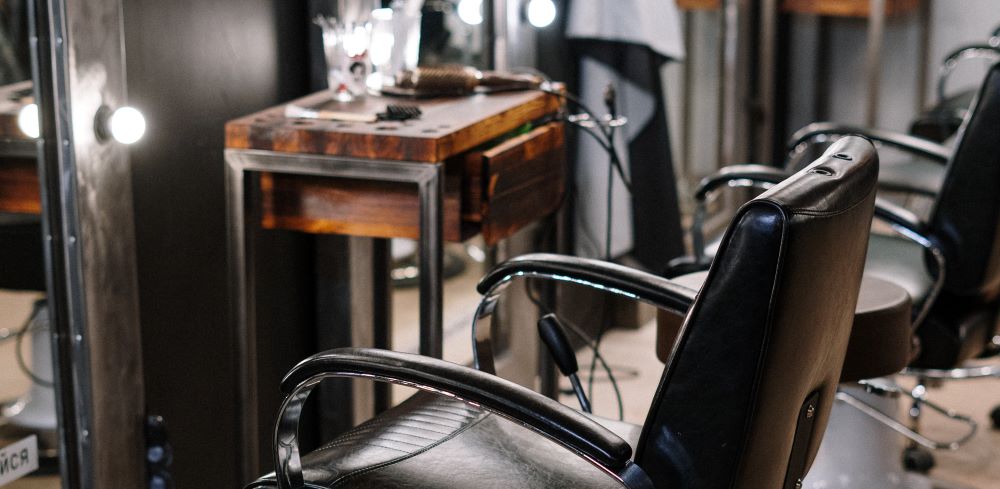Beard Growth Tips for Teenagers
We will discuss some essential beard growth tips for teenagers.
1. Massage Your Face
Massaging your face can stimulate blood flow to the hair follicles, promoting beard growth. Use your fingertips to gently massage your face in a circular motion for a few minutes each day. This technique helps to increase nutrient supply to the hair follicles and encourages healthier, more robust beard growth.
2. Maintain a Healthy Lifestyle
A healthy lifestyle has a direct impact on the growth and quality of your beard. Make sure to eat a balanced diet rich in vitamins and minerals. Incorporate foods that are high in protein, such as lean meats, eggs, and legumes, as they promote hair growth. Additionally, stay hydrated by drinking plenty of water, as it helps to keep your facial hair and skin nourished.
3. Exercise Regularly
Engaging in regular physical activity not only keeps you fit but also improves blood circulation, which is essential for healthy hair growth. Exercise promotes the efficient delivery of nutrients to the hair follicles, aiding in their development. Incorporate cardiovascular exercises, strength training, and other physical activities into your routine to support optimal beard growth.
4. Maintain Good Facial Hygiene
Maintaining good facial hygiene is vital for healthy beard growth. Regularly wash your face with a gentle cleanser to remove dirt, excess oil, and dead skin cells that can clog hair follicles. Be careful not to over-wash or use harsh products that can strip away natural oils, as these oils play a role in nourishing the hair and skin. Additionally, exfoliate once or twice a week to unclog pores and promote healthy hair growth.
5. Resist the Urge to Shave Too Early
As a teenager, you may be eager to remove any patchy or uneven hair growth. However, it’s important to resist the urge to shave too early. Shaving does not make your hair grow faster or thicker; it’s simply a means of grooming. Give your facial hair time to fill in and develop naturally before considering shaping or trimming your beard. Patience and allowing your beard to grow without interference will lead to better results in the long run.
6. Consider Supplements
If you are concerned about your beard growth progress, you may consider incorporating beard growth supplements into your routine. Consult with a healthcare professional to identify safe and effective options that can help support beard growth. Keep in mind that supplements should complement a healthy lifestyle and are not a substitute for proper nutrition.
7. Be Mindful of Stress
Stress can have adverse effects on your overall health, including your beard growth. Take steps to manage stress through techniques like meditation, exercise, or engaging in hobbies you enjoy. A calm mind and reduced stress levels can positively impact your hormonal balance which in turn can support healthy beard growth. Practice stress management techniques that work for you, such as deep breathing exercises, mindfulness meditation, or spending time in nature. Prioritizing your mental well-being can have a beneficial effect on your beard growth journey.
8. Get Sufficient Sleep
Adequate sleep is essential for overall health, including the growth of facial hair. During sleep, your body repairs and rejuvenates itself, including the hair follicles. Aim for 7-9 hours of quality sleep each night to support optimal beard growth. Establish a consistent sleep schedule and create a conducive environment for restful sleep to maximize the benefits.
9. Be Patient with Patchy Growth
It’s common for teenagers to experience patchy or uneven beard growth. Don’t be discouraged by these initial challenges. Allow your beard to grow naturally, and give the patchy areas time to fill in. As you get older, your beard may become fuller and more even. Embrace your unique growth pattern and focus on grooming techniques that can help you make the most of what you have.
For more beard growth methods read Beard Roller For Facial Hair Growth
At What Age Does a Beard Start to Grow?
The age at which a beard begins to grow can vary from person to person. Typically, the first signs of facial hair growth, including a light mustache or sparse beard, can appear during puberty, which generally occurs between the ages of 9 and 14 for boys. However, the development and thickness of facial hair can continue into the late teens and early twenties, with many individuals experiencing a fuller beard in their early to mid-twenties. It’s important to note that genetics play a significant role in determining the growth pattern, density, and timing of facial hair, so there can be variations among individuals.
